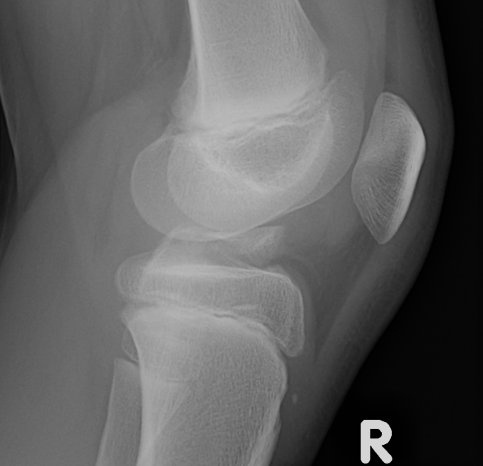Child Abuse / Non Accidental Injury
Definition
Any act or failure to act that
- results in or potentially results in harm / death / physical / emotional / sexual abuse
- by a parent or caretaker who is responsible for the child
4 types
Neglect
Physical (punch / kick / bite / burn / shake)
Sexual
Emotional
Risk factors

